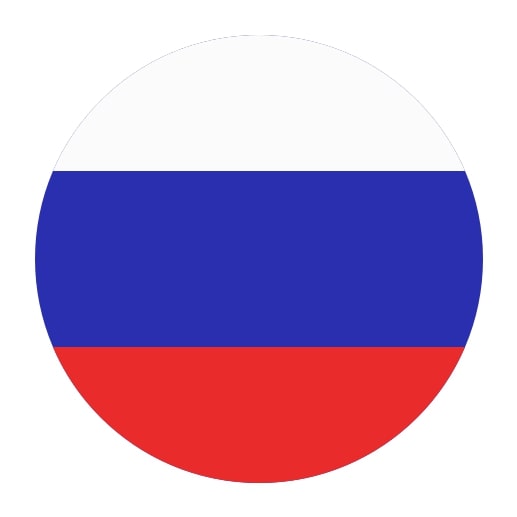Russian Grammar
Begin your adventure into the Russian language and open doors to a rich culture and history. Mastering Russian grammar and vocabulary will enhance your travel, career, and communication opportunities. Start learning Russian today and take the first step toward fluency!
Get started
The most efficient way to learn a language
Try Talkpal for freeRussian Grammar: Unlock the Secrets to Mastering Russian
Congratulations on taking the bold step towards learning Russian! With more than 258 million speakers worldwide, Russian is a fascinating and rewarding language that offers insights into a rich culture and history. When it comes to Russian grammar, it can seem intimidating, but fear not! This friendly, beginner’s guide is here to break down the essentials of Russian grammar in a simple and engaging way.
1. The Russian Alphabet: Your Starting Point
The key to navigating Russian grammar is to master the Cyrillic alphabet. With 33 letters, 10 vowels, and 21 consonants, it forms the foundation for reading, writing, and understanding the language. Familiarizing yourself with the alphabet will create a solid base to build your Russian grammar skills upon.
2. Nouns and Cases: The Core of Russian Grammar
Russian grammar emphasizes the use of cases to convey meaning and context. With six cases—Nominative, Genitive, Dative, Accusative, Instrumental, and Prepositional—Russian nouns change their endings to show their function in a sentence. Hence, the word order becomes less critical than in English. For example:
English: I give a book to a friend.
Russian: Я даю другу книгу (Ya dayu drugu knigu)
Here, “другу” (to a friend) and “книгу” (book) are in the Dative and Accusative cases, respectively.
3. Mastering Gender and Plurals
In Russian grammar, nouns are assigned one of three genders: masculine, feminine, or neuter. The ending of a noun typically indicates its gender:
– Masculine: ends with a consonant or “-й”
– Feminine: ends with “-а” or “-я”
– Neuter: ends with “-о” or “-е”
To form plurals, the endings of nouns change based on their gender and the case they are in.
4. Conquer Verb Conjugation
Like many languages, Russian verbs change form (conjugation) based on tense, person, and number. Russian verbs also come in two aspects: perfective and imperfective. The perfective aspect signals a completed action, while the imperfective aspect refers to ongoing or habitual actions.
To start, focus on understanding the present tense conjugation for imperfective verbs and the past tense for both aspects. For example:
Present tense (Imperfective): Я читаю (Ya chitayu) – “I read” or “I am reading”
Past tense (Imperfective): Я читал (Ya chital) – “I was reading”
Past tense (Perfective): Я прочитал (Ya prochital) – “I have read” or “I read (and finished)”
5. Embrace Russian Pronouns
Pronouns in Russian grammar replace nouns and are crucial for fluid speech. Dive into learning personal and possessive pronouns, such as:
Personal pronouns: я (I), ты (you, informal), он/она/оно (he/she/it), вы (you, formal or plural), мы (we), они (they)
Possessive pronouns: мой/моя/моё (my), твой/твоя/твоё (your, informal), его/её/их (his/her/their), ваш/ваша/ваше (your, formal or plural), наш/наша/наше (our)
Don’t forget that Russian pronouns need to agree with the gender and case of the noun they replace.
Congratulations! You’ve taken the first steps toward mastering the intricacies of Russian grammar. Remember, practice is pivotal, so delve deeper into the language, engage with native speakers, and reinforce your learning foundation. Удачи! (Good luck!)








